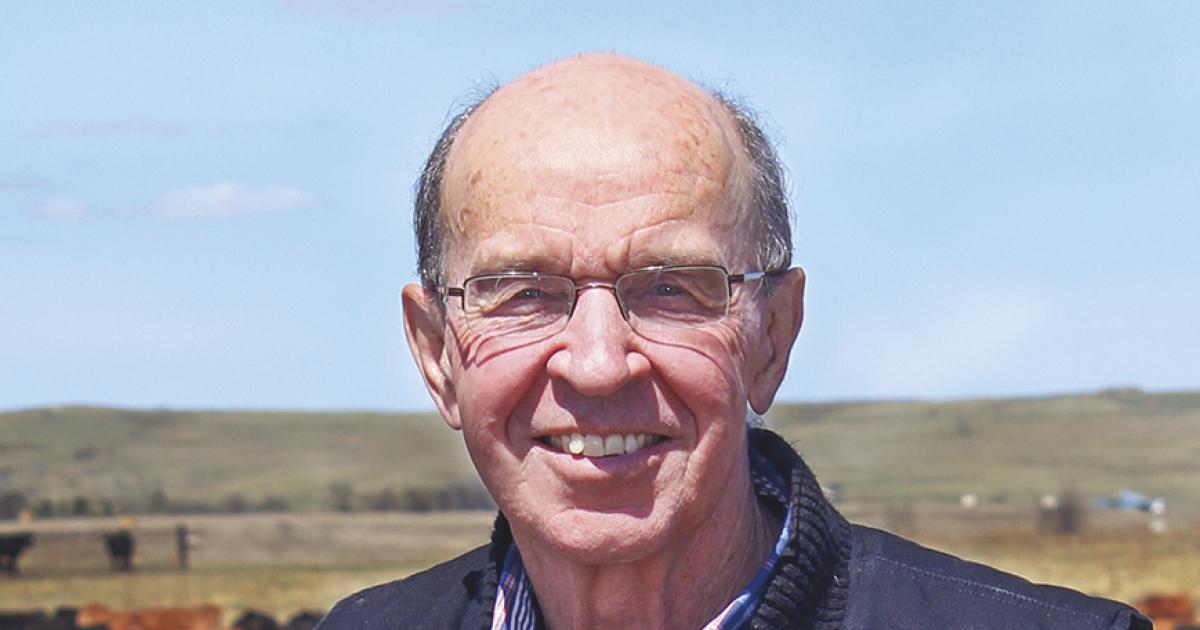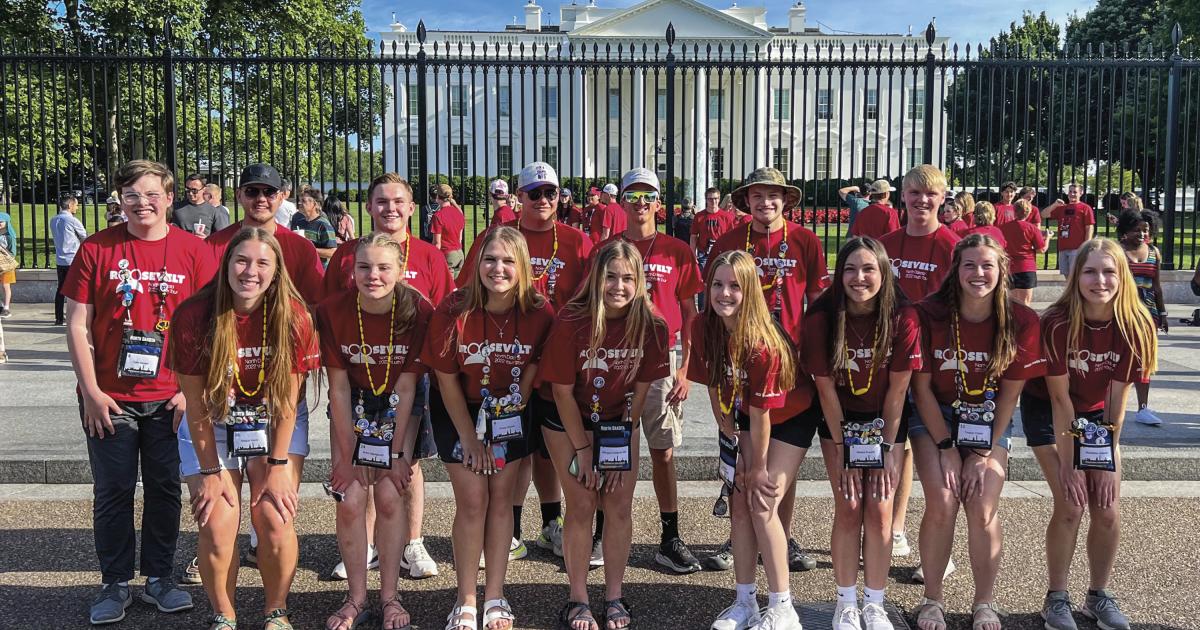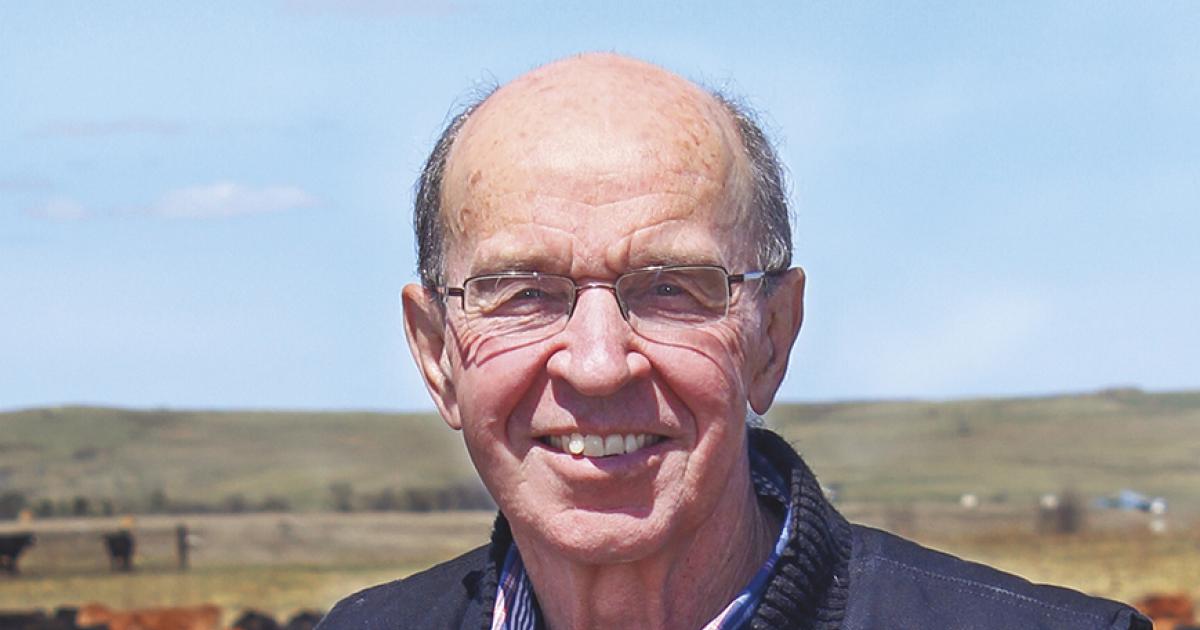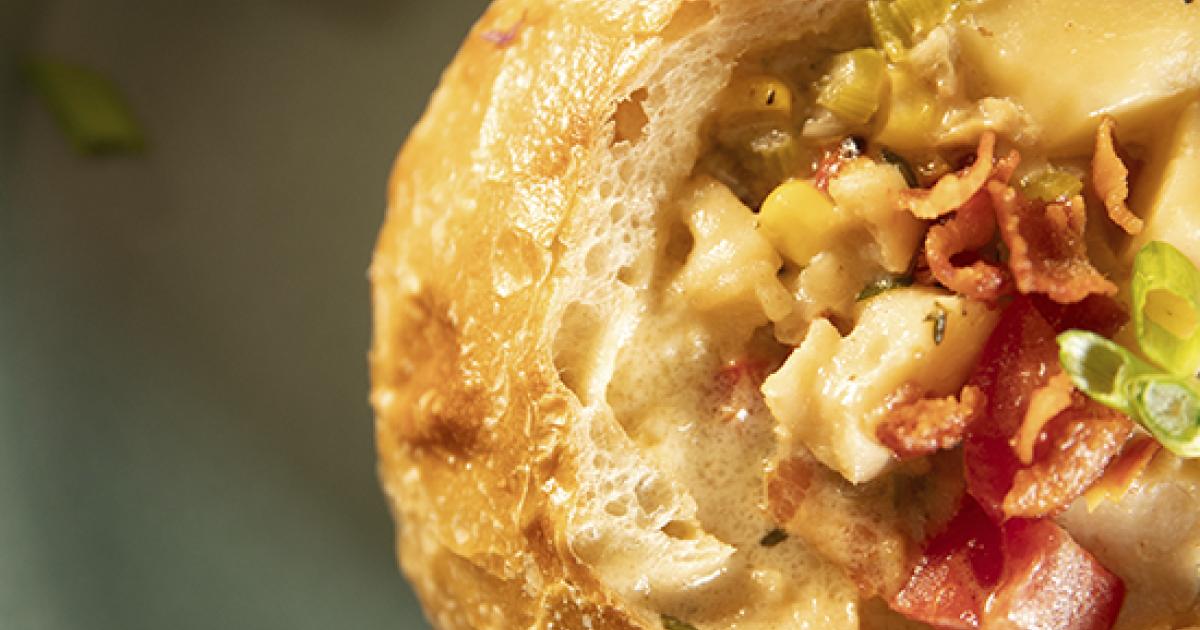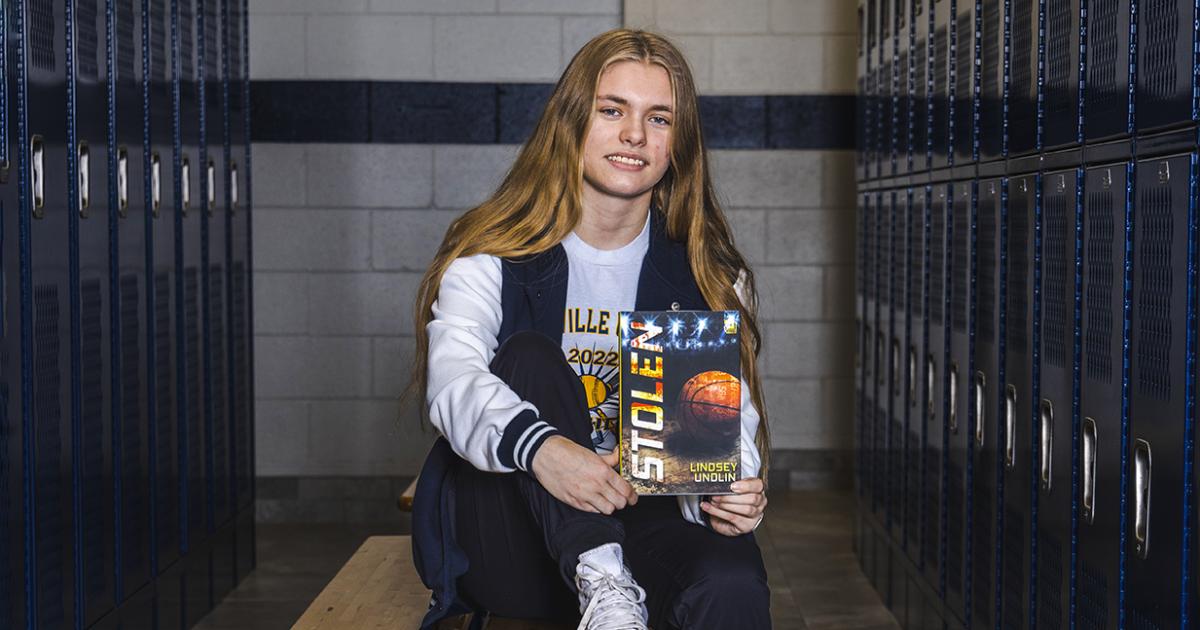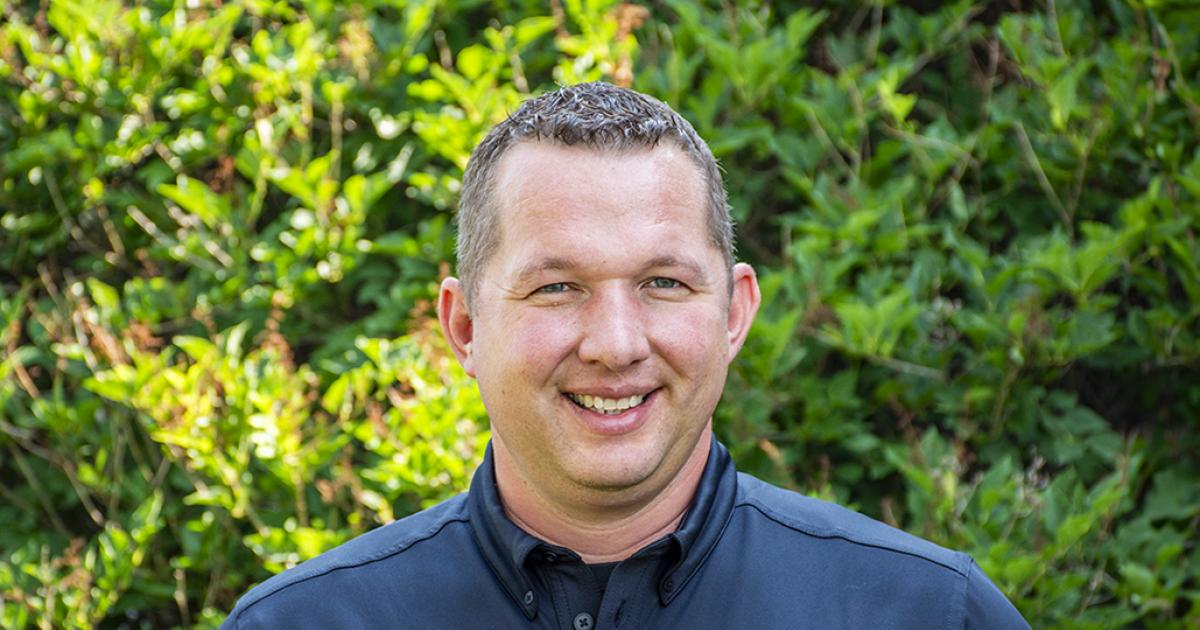Sometimes, the roadblocks to telling an impactful TV story aren’t what you would expect.
Last fall, my photographer and I went to a sheep producer’s farm to do a story about lamb marketing. This producer was helping other producers market their fed lambs by pooling them into semi-load lots and shipping them to packers many states away. It was a good story, with a positive message and great video. As we were about to edit the story a day or so later, the producer called to tell us the owner of the slaughterhouse in Oregon asked we do not identify his company or show video of the driver. He said packinghouses have to keep a low profile or face backlash. We respected his wishes and edited accordingly.
Some months earlier, I called the CEO of the North American Bison processing plant in New Rockford. I had read several stories about the plant’s expansion and how things had turned around there after some difficult years. We had a nice visit, but when I asked about doing a TV story, he politely declined.
“The last thing I need is someone picketing outside my plant with a sign reading, ‘Stop killing the bison,’” he said.
I was disappointed, but I understood. There are things the consuming public doesn’t want to see and doesn’t need to see. Even if what goes on inside a meat processing plant is done as humanely as possible, many people will still find it offensive.
It was a different time in 1916, when Carl Sandberg wrote about Chicago being proud to be “hog butcher to the world.” There is no packinghouse pride today. There are those who believe there should be no packinghouses. And even those who defend their essential role in food production can make the case television cameras certainly shouldn’t capture what goes on inside, probably not even the name on the building, nor the man who drives the truck.
It’s an indication of the visual impact of television. It’s also a reflection of how sensitive the public has become – generations removed from butchering pigs and chickens on the farm. Sometimes, you have to be careful how you illustrate a good TV story.
___
Al Gustin is a retired farm broadcaster, active rancher and a member of Mor-Gran-Sou Electric Cooperative.


